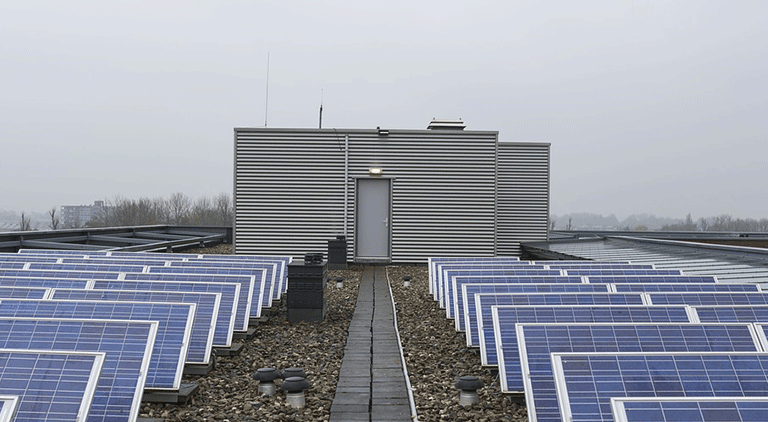Residential energy storage market to reach $ 17.5 Bn by 2024
By EPR Magazine Editorial August 29, 2020 3:08 pm IST
By EPR Magazine Editorial August 29, 2020 3:08 pm IST

The global residential energy storage market is projected to reach USD 17.5 billion by 2024 from an estimated USD 6.3 billion in 2019, at a CAGR of 22.88 percent during the forecast period, said a report titled published by Research And Markets.com.
According to the report, this growth can be attributed to factors such as declining cost of batteries, regulatory support and financial incentives, and the need for energy self-sufficiency from consumers. However, price sensitivity in developing countries and lack of standards and interoperability is hindering the growth of the residential energy storage market.
The global residential energy storage market is dominated by a few major players that have a wide regional presence. The leading players in the residential energy storage market are Huawei (China), Samsung SDI Co. Ltd. (South Korea), Tesla (US), LG Chem (South Korea), SMA Solar Technology (Germany), BYD (China), Siemens (Germany), Eaton (Ireland), Schneider Electric (France), ABB (Switzerland), Tabuchi Electric (Japan), and Eguana Technologies (Canada).
The lithium-ion segment is expected to be the fastest growing market, by technology, from 2019 to 2024, the report said. It adds, “The lithium-ion segment is expected to hold the largest market share and be the fastest growing segment during the forecast period because of the declining price of lithium batteries and high efficiency. Increasing emission control regulations and continuous revisions in environmental regulations have led to the increasing use of lithium-ion batteries.”
Asia Pacific: The largest residential energy storage marketAs per the report, the growth of this region is primarily driven by countries such as China, Australia, and Japan, which are installing storage solutions for residential end-users. Over the past few years, this region has witnessed rapid economic development as well as the growth of the renewables and demand for energy self-sufficiency, which has resulted in an increase in the demand for energy storage options.
We use cookies to personalize your experience. By continuing to visit this website you agree to our Terms & Conditions, Privacy Policy and Cookie Policy.